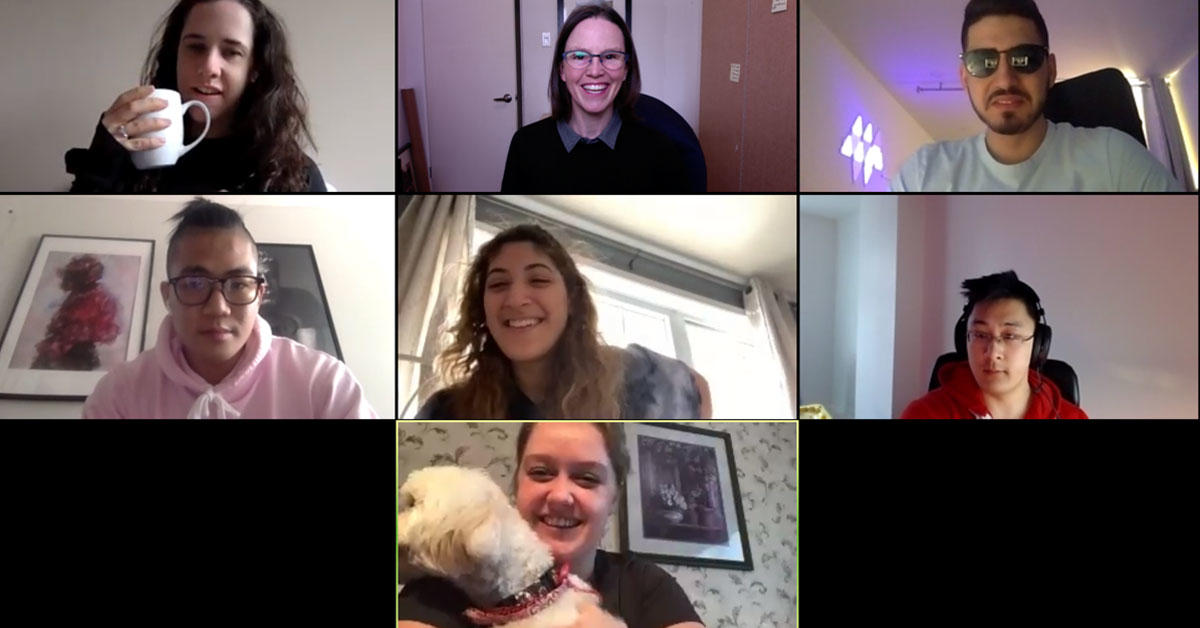uOttawa professor shares her tips for moving face-to-face classes online… FAST!
In a global effort to contain the spread of the coronavirus, faculty members worldwide have been asked to migrate their courses from face-to-face to online in a very short time.
For many professors, this is uncharted territory. But that’s okay—it’s an opportunity to learn something new. uOttawa Chemistry Professor Alison Flynn, whose research interest lies in Chemistry Education, has some tips to help instructors make this transition quickly.
Check out some of her tips below, or access the infographic and other resources on her website.
- Identify the must-haves. What are the essential learning outcomes for the rest of your course? What must learners leave the course knowing, be able to do, and value? Communicate these to your students and cut the rest.
- Keep content simple and accessible. Communicate the information learners need by pre-recording or giving live classes in short information bursts, rather than long lectures. Give time for questions, record your responses and make them accessible to all students by posting them as soon as possible. Share your notes and ask your students to share their completed notes too.
- Use multiple communication methods. Increase the options and modes for communication with students. Ask for students’ suggestions and ideas on which platforms they prefer.
- Offer practice opportunities with feedback. Provide students with additional practice sets, with answers. Organize online practice sessions and encourage students to collaborate on assignments and midterm exams. It’s not cheating; it’s offering options for learning. You can still ask them to perform individually on a final.
- Be flexible. Offer options to offset deadlines and invite students to give suggestions. There are many reasons why flexibility is necessary: bad Wi-Fi at home, accessibility, etc.
- Design simple science labs. Go back to the essential learning outcomes. Explain and demonstrate virtually, pulling from existing sources as much as possible. Are there ways for the students to video themselves using household items? Can demonstrating skills wait?
- Do what you can and ask for help. It won’t be perfect – is there even such a thing? – But it can still be an excellent learning experience for everyone. Remember, tech support is your ally!
